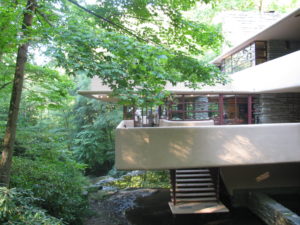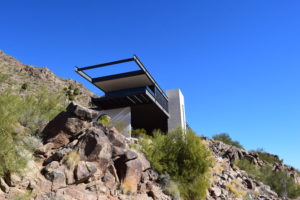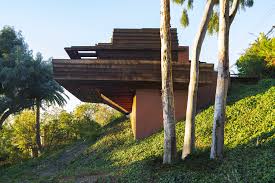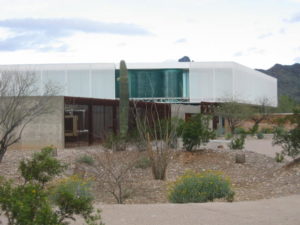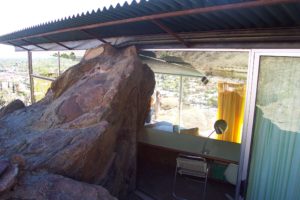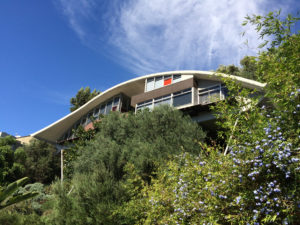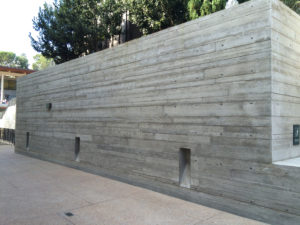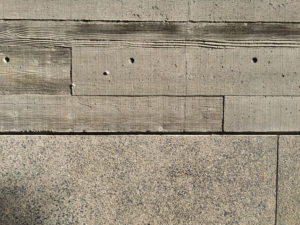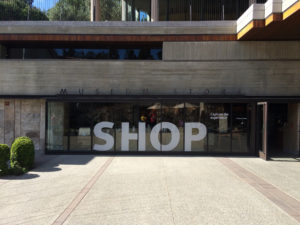Amateurs look for INSPIRATION, the rest of us just GET UP and GO TO WORK.
~ Chuck Close
Design Inspiration
Where one finds inspiration and how one uses inspiration is personal to each architect and artist. mills studio looks to works of architecture and art, and its creators to provide inspiration in two ways: more generally, work is looked at to inspire a desire to create and achieve; more specifically, work is looked at to inspire specific project implementations.
Achievements in architecture and art inspire mills studio because they are tangible proof that excellence in architecture and art matter in the real world, and that the often arduous task of creating architecture and art is worth the immense effort. mills studio believes looking for inspiration in other’s current and past work cannot but help connect its work and efforts to the past, present and future, and connects our seemingly solitary effort to a common cause.
The achievements of others inspires mills studio to understand the significance of developing its own clear architectural agenda and artistic vision. mills studio looks to other’s works to see how others have implemented their architectural agenda and artistic vision, but does not look to other’s work to determine the content of mills studio’s agenda or vision. Only our values and the resulting agenda expressing those values can provide the content for our vision.
Achievements in other’s works of architecture and art inspire and inform mills studio’s work because they are tangible models of what specific implementations work and do not work to express their creators agenda, and will or will not work to express mills studio’s agenda. Thus, mills studio has access to a library of every other serious architect’s and artist’s attempts to align a tangible implementation with their agenda, and most importantly shows mills studio how individuals and society reacted to specific implementations regardless of its creators intentions. Existing works help mills studio determine which aspects of its work require further investigation and innovation to better express its agenda.
Architecture is the most tangible of the arts and significant architecture is chiefly about the in person experience, so photographs cannot be substituted for truly inhabiting a building. Thus, mills studio is very reluctant to make judgements or trust assumptions about the spatial and material qualities of any building not personally experienced. Thus, mills studio attempts to only use photographs taken during its personal experience of a building to document a project for design inspiration.
mills studio is most concerned with actual responses to the experience of a building or artwork and not the reactions its creator intended. mills studio agrees with artists Michael Heizer and Walter de Maria that any context a viewer brings to the experience of a work lessens the true experience of a work. Thus, whenever possible, mills studio prefers to experience a building or artwork prior to learning of the architect’s or artist’s intentions or reading critic’s reviews so as to get thee “purist” experience possible. But rarely does one or should one come to the experience of a work without context. Thus, after experiencing the building unclouded to the extent possible by stated intentions, it important for mills studio to determine how closely the actual experience of a work aligns with a creator’s stated intentions.
mills studio believes finding both general and specific inspiration is an active and disciplined pursuit. Isamu Noguchi said, ”we are a landscape of all that we have seen.” The more expansive this “landscape” the more collected effort and knowledge we benefit from. Documenting this “landscape” serves both mills studio and the client and thus the project. mills studio’s fresh documentation of this “landscape” specifically for each project forces it to organize its intentions specific to an individual project and client. The graphic documentation of this ‘landscape” importantly serves to remind a client that its specific requirements and intentions are part of a larger world. Making the connection between the particular and the universal is essential for significant architecture.
That which we need the most will be found where we least want to look.
~ Carl JungAmong others, mills studio looked to the following works of architecture, art, and practitioners for useful inspiration in development of specific aspects of the DTS Project House:
Rooted / Liberation
mills studio’s architectural agenda includes the expression of man’s need to experience both rootedness and liberation, both the permanent and the temporary. Various architects have expressed the idea of a simultaneous rootedness and liberation in varied implementations.
Architect Rudolf Schindler built his Kings Road House (1921-1922) in West Hollywood, California as a series of “permanent” heavy, thick, grounded concrete walls and masses connected with “temporary” lightweight thin screens of wood and glass.
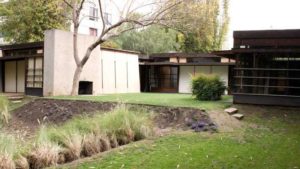
Fallingwater (1936) by architect Frank Lloyd Wright in Bear Run, Pennsylvania, may be the best example ever built of the simultaneous feeling of connected to the earth and at the same time the liberation from the earth as one goes from the core to the outer edges of the cantilevered terraces.
The Michael P. Johnson designed Yoder-Doornbros House (1998) in Phoenix, Arizona, is a modern example of the drama created through siting that anchors the house to its site and use of modern materials like steel to escape the earth and gravity.
Frank Lloyd Wright‘s Sturges House (1939) in Brentwood, California shows how a very small project with a simple, clear gesture can make for a powerful architectural statement .
The House of Five Dreams (2004) by Jones Studio in Phoenix, Arizona, literally uses earth (rammed earth) to anchor a floating glass box to the earth. As the Architect describes leaving the rammed earth structure for home: “…Ascension. Up into a cloud space, diffuse bright, light everywhere, high above the ground where all things are possible… again!”
Albert Frey’s own house, Frey House II (1964) built high above the city of Palm Springs,California, is a visually lightweight metal and glass box built around a huge boulder. It is the architectural expression of what has been and will be forever and what is ephemeral.
Just as most things in life gain their meaning, these projects work because rootedness and liberation gain their meaning by the presence of the other. As Isamu Noguchi states: “It is weight that gives meaning to weightlessness…” The architecture of the DTS Project House expresses this dual human need with a building that both literally connects to the earth and hillside while simultaneously defying gravity and escaping the earth.
John Lautner’s Iconic Roofs
Many of John Lautner’s houses use a distinctively geometric, man-made roof profile to purposely either distinguish the buildings from their context or blend the buildings to their context. Often these roof profiles do both simultaneously depending on your physical location and perspective. The “roof” is the distinctive visual element of the architecture and in the best works it also provides the distinctive spatial character. The Sheets Goldstein House (1963, 1989-2018) uses a concrete triangular form that feels as though it is simultaneously roof and wall. The Garcia House (1962), distinguishes itself from its Los Angeles hillside with an arced roof profile providing a distinctive silhouette against the sky or the irregular hillside depending on your perspective. The Stevens Residence (1968) built along the Pacific Ocean in Malibu, California, uses an arced roof that touches the earth on one end and again is simultaneously roof and wall.
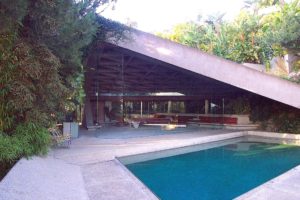
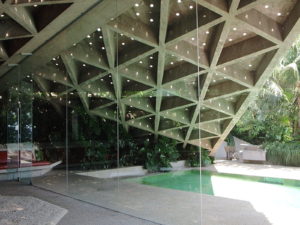
The Malin House, also know as the “Chemosphere House” (1960), appears as a manmade intrusion upon the landscape. The roof along with the entire building is a pure geometric archetype unrelated to its particular circumstance. The Turner Residence (1982) in Aspen, Colorado, employs a concrete shell roof that emanates out of the ground and appears like another snow drift in its winter setting. In almost every case the roof provides an unbroken sense of enclosure where roof and wall merge and both connect the house to the earth and provide a distinctive silhouette against the sky; heaven and earth are united.
A three dimensional roof / wall enclosure connects the DTS Project House to the earth and its sharp and precise profile against the visually discordant hillside helps give the house its visual presence on the hillside as your location and perspective move away from the house toward Hollywood.
Creativity is just connecting things. When you ask creative people how they did something, they feel a little guilty because they didn’t really do it, they just saw something. It seemed obvious to them after a while. That’s because they were able to connect experiences they’ve had and synthesize new things.
~ Steve JobsGetty Villa
Architect Machado-Silvetti renovation and addition to the Getty Villa in Pacific Palisades, California (1996-2006), includes extensive concrete retaining walls fitted into and shaping the topography overlooking the Pacific Ocean. As the architect describes, “the new architecture transforms the challenging topography into an amenity.” The retaining walls are a variety of refined and rough exposed concrete finishes from horizontal and vertical board formed to different levels of exposed aggregate. The extensive variety of concrete finishes and concrete detailing provides an ideal way to show clients and evaluate the possibilities of poured concrete as well as the visual effects of both light and shadows. The organic concrete is juxtaposed with refined metal and glass glazing systems.
Exposed poured concrete is the material used to sculpt and retain the hillside site of the DTS Project House and the contrast of the refined man made with the natural organic is an expression of a life made up of both culture and nature.
…for if people had knowledge of the sources from which the artist derives his inspiration they would oftentimes be confused and alarmed and thus vitiate the effects the artist had achieved.
~ Thomas Mann

